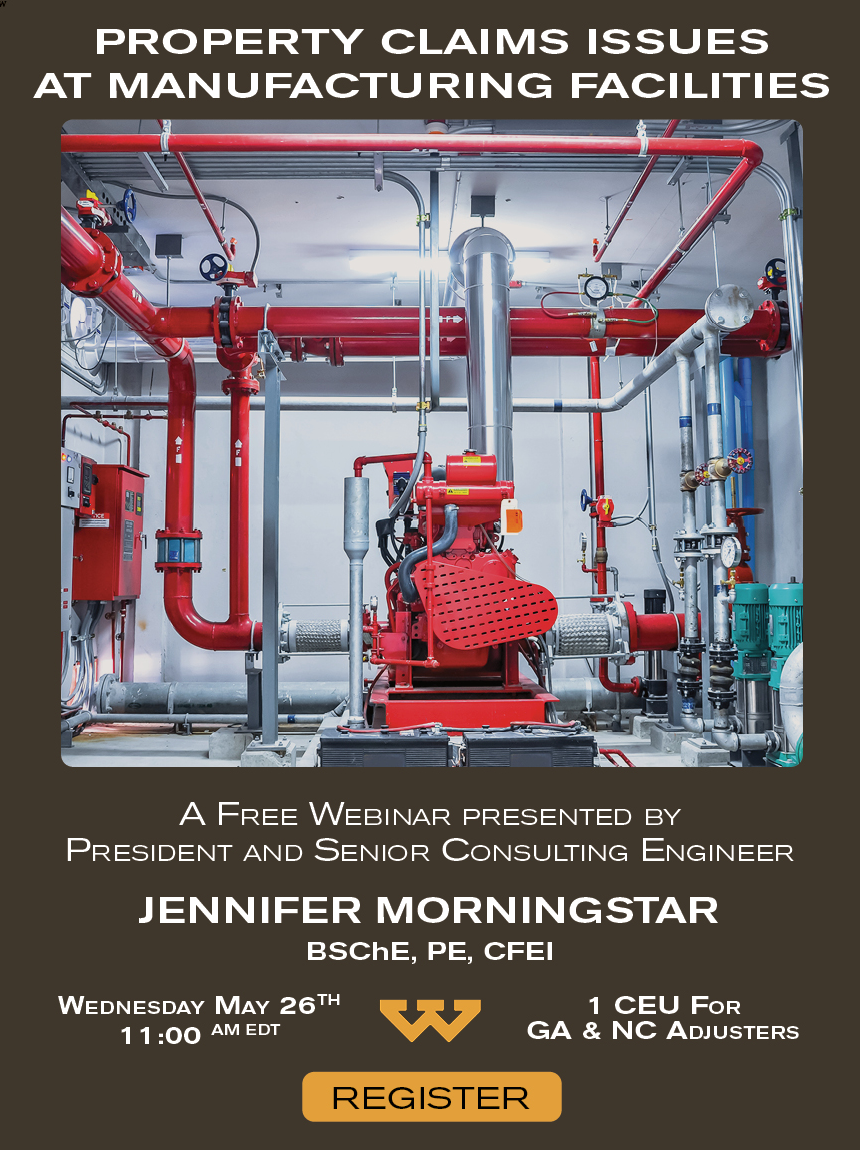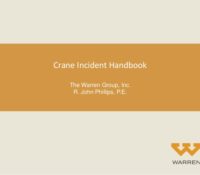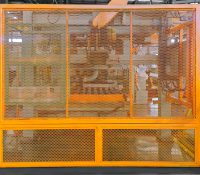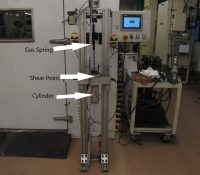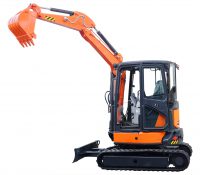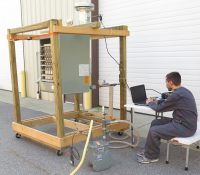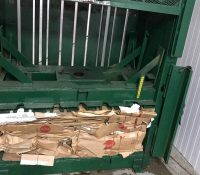WARREN WEBINAR: Property Claims Issues at Manufacturing Facilities
LIVE WEBINAR: “Property Claims Issues at Manufacturing Facilities” | Presented by WARREN’s President and Senior Consulting Engineer, Jennifer Morningstar, P.E., CFEI.
COURSE LEARNING OBJECTIVES
The learning objectives of this course are to provide the attendees with information on the four major facets of property claims that are commonplace in manufacturing facilities.
They are:
- Subrogation against third parties;
- Boiler & machinery vs property claims;
- Scope of loss, and
- Business interruption
Each facet will be explored and exemplified by at least one case study.




